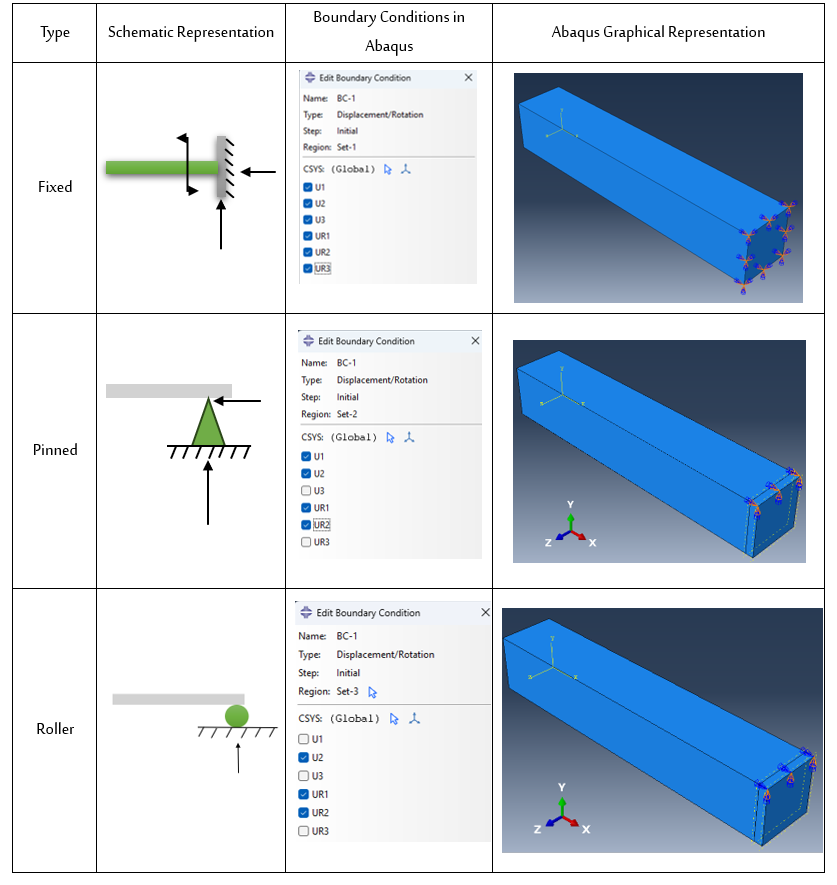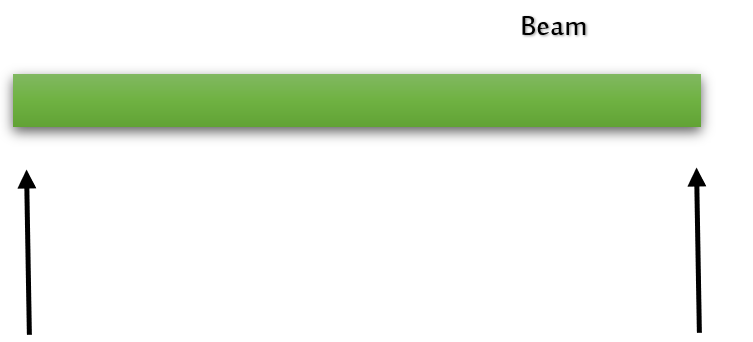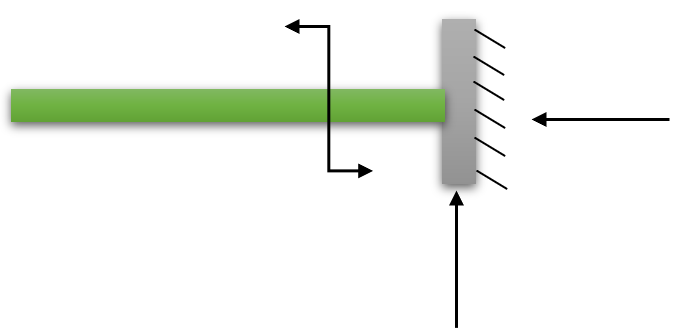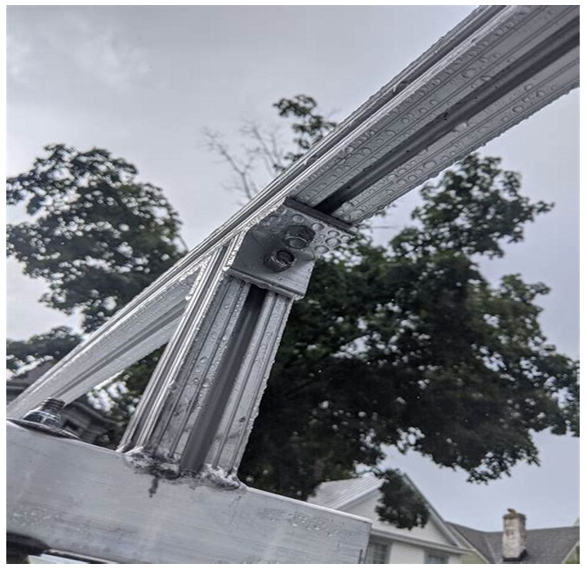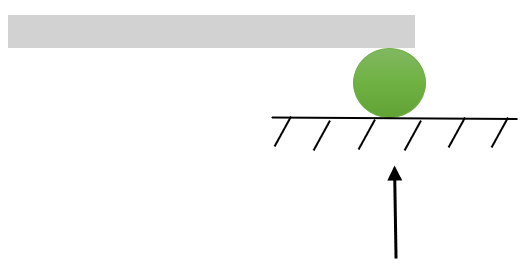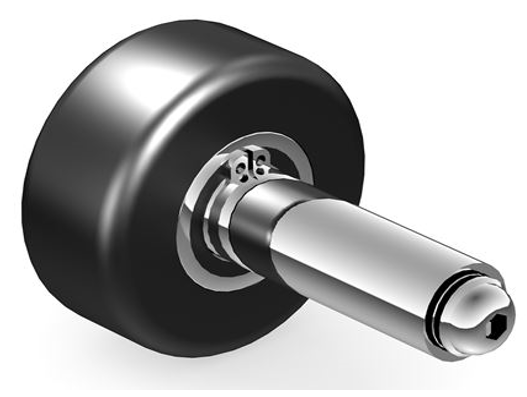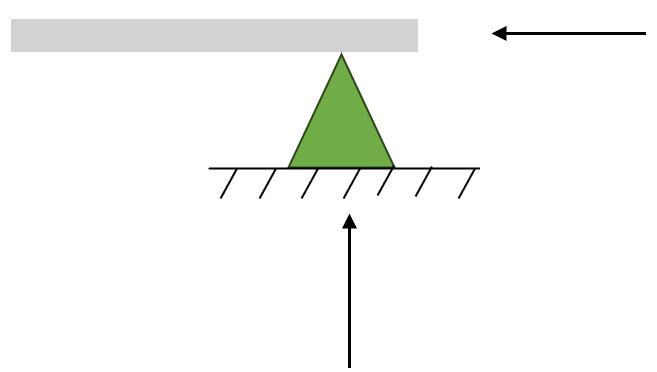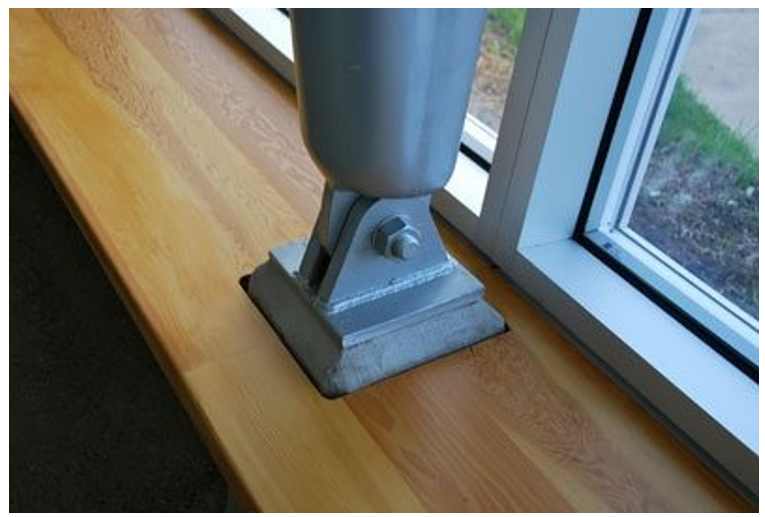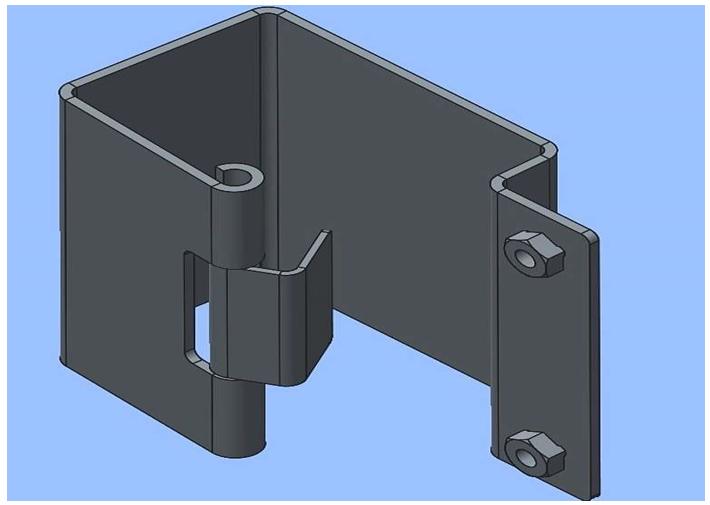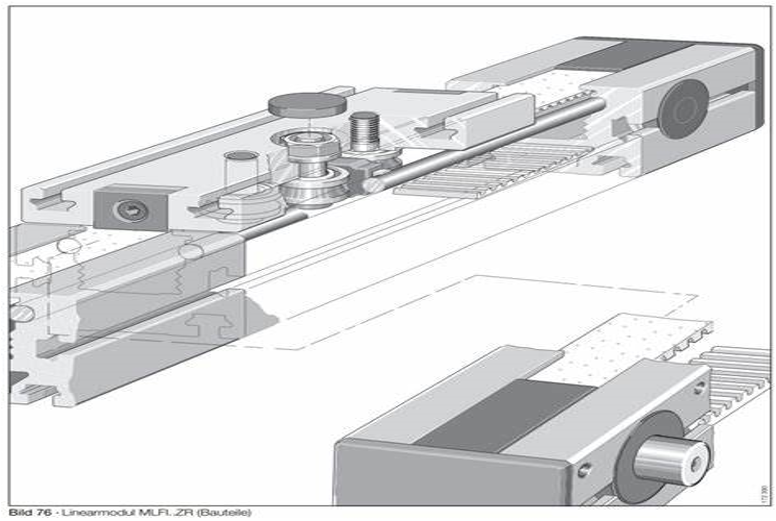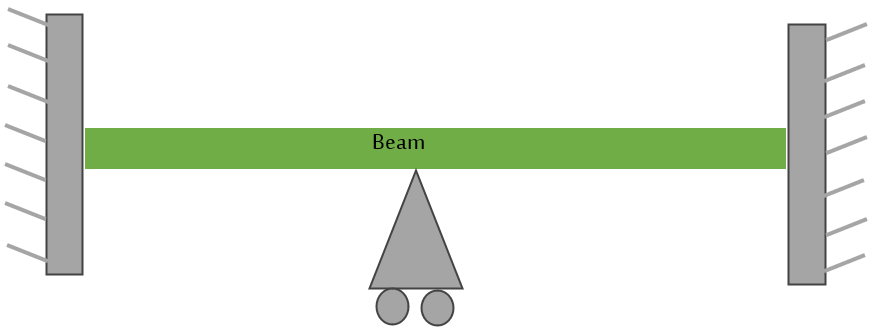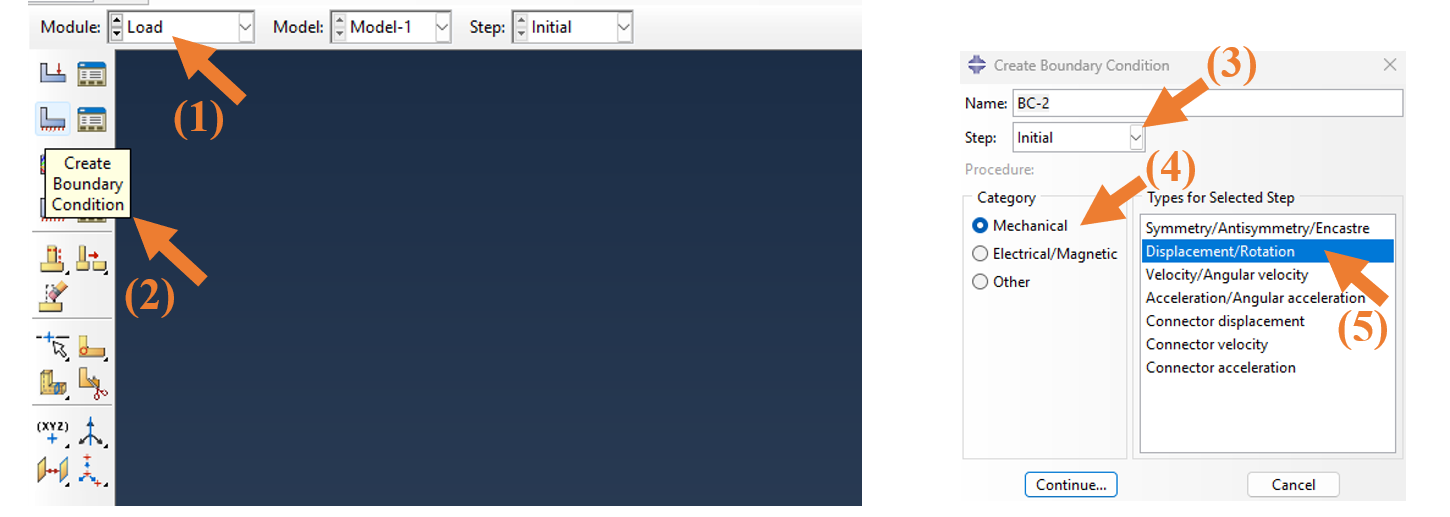Different Types of Supports in Structural Engineering | Fixed Support, Beam Support, …
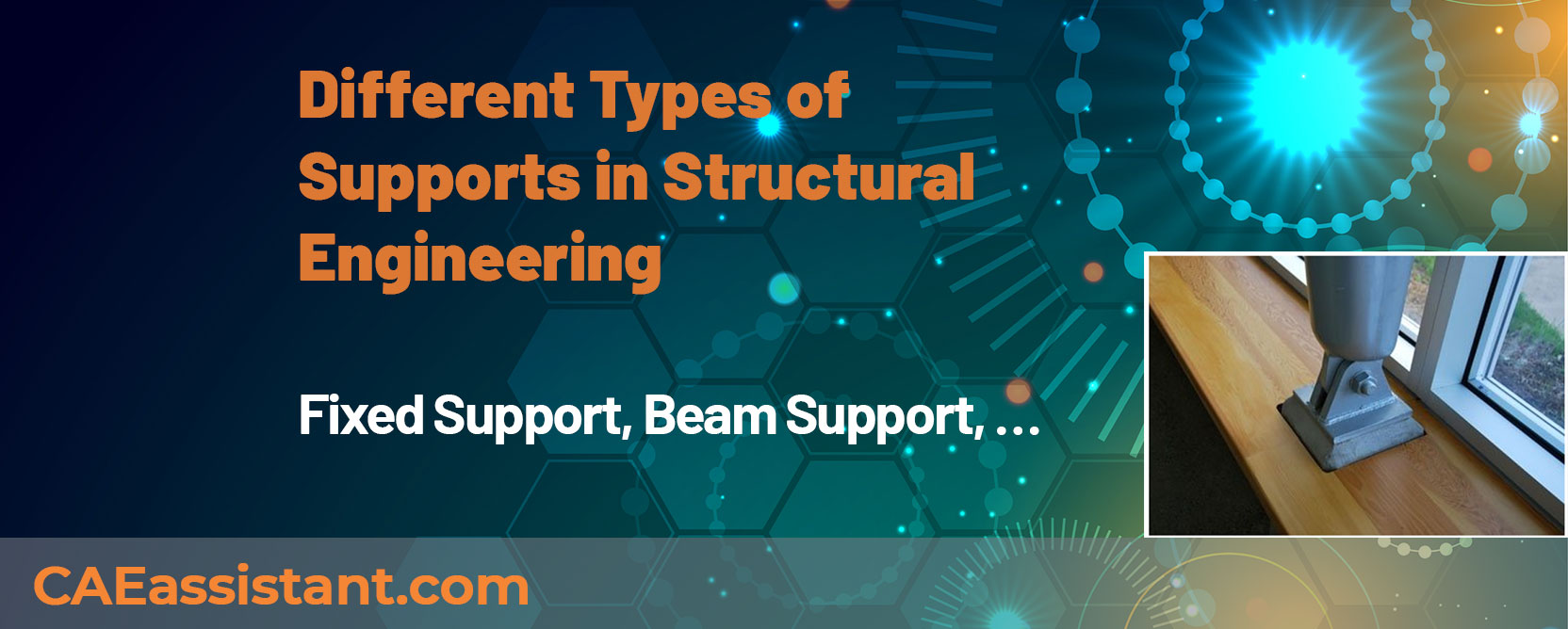
Have you ever wondered how massive bridges or multi-story buildings remain stable while bearing substantial loads? How do they manage forces from wind, snow, and earthquakes so effectively? In structural engineering, the answer lies in the design and analysis of supports. Supports are vital components that connect a structure to the ground, efficiently transferring these various loads to ensure the structure’s stability.
Supports in structural engineering come in different forms, each with its own function. Some supports, like simple or roller supports, only handle vertical forces, while others, such as fixed supports, resist both movement and rotation. Additionally, internal supports like hinges and rollers work within the structure to maintain integrity. Understanding these differences is essential for designing safe and reliable structures.
In this blog, we’ll explore the various types of supports and reactions used in structural engineering. You’ll learn about external supports like simple, fixed, and roller supports, as well as internal supports such as internal hinges and rollers. We’ll also discuss how these supports influence beam design and provide a brief guide on defining support types in Abaqus, a structural analysis software. By the end, you’ll have a clear understanding of how supports play a crucial role in ensuring the safety and performance of structures.
1. What is a Support in structural engineering?
In structural engineering, supports play a crucial role in the stability and performance of structures. Supports are points or areas of a structure that connect to the ground or other elements and transfer the applied forces to these points. These forces can include dead loads (the weight of the structure), live loads (people, furniture, and other movable objects), and environmental loads (such as wind loads, snow loads, seismic loads) among other loads acting on the structure.
Accurate analysis of supports helps understand how loads are distributed in the structure and how these loads should be safely transferred to the ground. This analysis involves calculating the reaction forces and moments created at the supports.
2. Types of support in structural engineering
In structural engineering, there are two categories of supports:
1.External supports
2.Internal supports
We have discussed them in detail below:
2.1. External Supports
Different types of external supports used in beams and structures include:
1.Simple support
3.Fixed support
4.Roller support
5.Pinned or hinged support
In the rest of the article, we have provided more details about each type of these supports.
2.1.1. Simple Support
A simple support reaction describes a situation where a member rests on a support without resisting lateral movement or moments, much like a roller support. It only resists vertical movement due to gravity.
Figure 1: Schematic simple support
2.1.2. Fixed Support
Fixed supports are rigid types of supports that resist both rotational and translational movements. They can handle any kind of force or moment due to their ability to prevent rotation and displacement. To ensure structural stability, it is necessary to have at least one rigid support. An example of this is a beam anchored securely in a wall.
Figure 2: Schematic fixed support
Figure 3: Fixed support[Ref]
| Supports make the stability of the structures, right? So, how to maintain supports. What are the maintenance methods for supports or generally in civil engineering? Learn one of the nowadays methods for Predictive Maintenance in Civil Engineering in our course: |
2.1.3. Roller support
Roller supports are designed to resist forces that act perpendicular to their surface but cannot withstand parallel or horizontal forces and moments. This means that a roller support allows for free movement along the surface, without resisting any horizontal forces.
Figure 4: Schematic Roller support
Figure 5: Roller support [Ref]
 |
In this Abaqus Package for Civil Engineering, which is designed for FEM Simulation students in civil engineering, various examples in the most widely used fields are presented:
|
2.1.4. Pinned or hinged support
Pinned or hinged supports are designed to resist both vertical and horizontal forces, but they cannot handle moments. A common example of a hinged support is a door leaf, which rotates around its vertical axis while remaining stationary in both horizontal and vertical directions. This type of support permits rotation in only one direction while resisting movement in other directions.
Hinged supports are also used in three-hinged arch bridges, where two supports are located at the ends and a third hinge, known as the internal hinge, is positioned at the arch’s center. This setup is one of the various support types used in beams and structures.
Figure 6: Schematic Pinned or hinged support
Figure 7: Pinned or hinged support[Ref]
2.2. Internal supports and reactions Applications in a structure
Internal supports are integrated within the structural member, effectively dividing it into segments. These supports are crucial for maintaining the stability and integrity of the structure. There are two main types of internal supports[1]:
- Internal Hinges
- Internal Rollers
2.2.1. Internal Hinges
Internal hinges allow rotation but resist translation in both horizontal and vertical directions. In structural applications, internal hinges are commonly used in axial members, while middle hinges are typically employed in beam members. A notable application of internal hinges is in arch-type bridges, where they are often placed at the center of the arch to accommodate movement and manage stresses effectively.
Internal hinges are installed within the door or window, making them invisible from the outside and ideal for interior designs. Middle hinges are mounted in the center and visible from the outside, typically used for practical and conventional applications.
Figure 8: Internal Hinges [Ref]
2.2.2. Internal Rollers
This type of internal roller support is utilized in tower cranes or harbor cranes, enabling the horizontal movement of the support to transport heavy materials or components from one location to another.
Figure 9: Internal Rollers [Ref]
3. Beam design based on support conditions
Designing a beam based on support conditions (beam support) is a crucial aspect of civil and structural engineering and has a significant impact on the performance and safety of the structure. Support conditions refer to the way a beam is positioned on its supports and the type of connections between them and the structure.
3.1. What is a beam?
Beams are horizontal elements that carry loads mostly perpendicular to their axis, distributing them to their supports. One characteristic of beams is that they act in bending, which occurs when loads are applied perpendicular to the element’s axis.
3.2. Types of Beam Support
Based on support conditions (Beam support), beams are classified into various types. Each type of support has a different impact on the behavior and analysis of the beam. Below is an introduction to the types of beams based on support conditions:
3.2.1. Simply Supported Beam
A simply supported beam is held up at both ends, with one end resting on a hinge support and the other on a roller support. This arrangement permits the beam to move horizontally. Such a beam experiences both shear stress and bending moment.
Figure 10: Schematic Simply Supported Beam
3.2.2. Continuous beam
A continuous beam resembles a simply supported beam but features more than two supports. It typically has one end resting on a hinge support and the other end on a roller support, with additional supports placed along its length. This type of beam is commonly employed in long concrete bridges where the span of the bridge exceeds conventional lengths.
Figure 11: Schematic Continuous beam
3.2.3. Cantilever beam
Cantilever beams are structural elements with one end fixed and the other end extending freely. They are widely used in trusses, bridges, and various other structural applications. This type of beam supports a load along its span and experiences both shear stress and bending moments[7].
Figure 12: Schematic Cantilever beam
3.2.4. Overhanging Beam
An overhanging beam integrates features of both a simply supported beam and a cantilever beam. It has one or both ends extending beyond its supports. This beam is typically supported by roller supports positioned between its ends. It combines the characteristics of both cantilever and simply supported beams.
Figure 13: Schematic overhanging beam
3.2.5. Fixed-Beam
This beam is anchored securely at both ends, preventing any vertical movement or rotation. As a result, it experiences shear stress. Such beams are commonly employed in various other structural applications.
Figure 14: Schematic Fixed-beam
3.2.6. Mixed Support Beam
A mixed support beam combines different types of support conditions, such as fixed, pinned, and roller supports, along its length. This type of beam is used in complex structures where varying support requirements must be met.
Figure 15: Schematic Mixed Support Beam
4. How to Define Various Support Types in Abaqus
In Abaqus, supports and boundary conditions play a crucial role in structural analysis. Supports are defined as points, lines, or surfaces in a structure where movement or rotation is restricted or blocked. These settings determine how the structure responds to external forces and loads. We have provided a guide to help you define fixed, hinged, and roller-type boundary conditions for a 3D beam in Abaqus CAE. To apply the boundary conditions, navigate to the Abaqus “Load” module and click on the “Create Boundary Condition” icon. Then, choose the desired step, select “Mechanical,” and choose “Displacement/Rotation” under “Types.” The procedure is illustrated in Figure 16. After that, select the desired boundary region and click “Done”.
Figure 16: Defining Boundary Conditions in Abaqus
Now, you can define boundary conditions based on the support type. As shown in Table 1, for a fixed boundary condition, you need to fix all possible displacements and rotations. For the pinned type, you should fix displacements in the x and y directions, but the specimen can rotate around the third axis. The roller-type support requires similar boundary conditions to the pinned support, with the exception that displacement in the direction of axis 1 is also permitted.
Table 1: Defining Different Support Types in Abaqus
5. Conclusion
This article examines different types of supports in structural engineering and their importance in ensuring structural stability and functionality. Supports are essential for transferring loads from structures to the ground and for managing forces such as gravity, wind, and seismic activity. It begins with an overview of supports, detailing their role in load transfer and structural integrity.
The article categorizes supports into external and internal types. External supports include simple, cantilever, fixed, roller, and pinned supports, each with distinct characteristics: simple supports resist only vertical movement, while cantilever supports handle loads with one end fixed. Internal supports, such as internal hinges and rollers, allow for rotation without resistance and facilitate horizontal movement, respectively.
In conclusion, the article discusses the implementation of Abaqus, which provides enhanced capabilities for accurately modeling and analyzing support conditions. By precisely defining boundary conditions and simulating various support types in Abaqus, engineers can predict the behavior of a structure under different loads and achieve more effective and reliable designs.
The CAE Assistant is committed to addressing all your CAE needs, and your feedback greatly assists us in achieving this goal. If you have any questions or encounter complications, please feel free to share it with us through our social media accounts including WhatsApp.
Explore our comprehensive Abaqus tutorial page, featuring free PDF guides and detailed videos for all skill levels. Discover both free and premium packages, along with essential information to master Abaqus efficiently. Start your journey with our Abaqus tutorial now!
Of course you can always learn more in detail about Abaqus in Abaqus Documentation.

